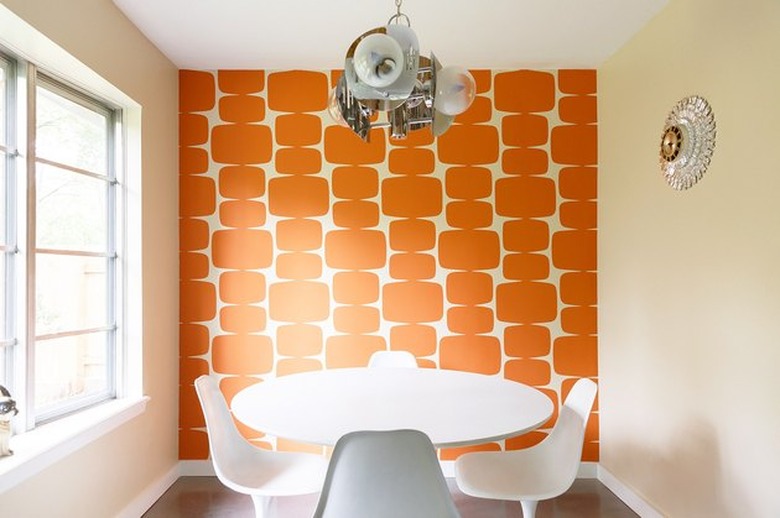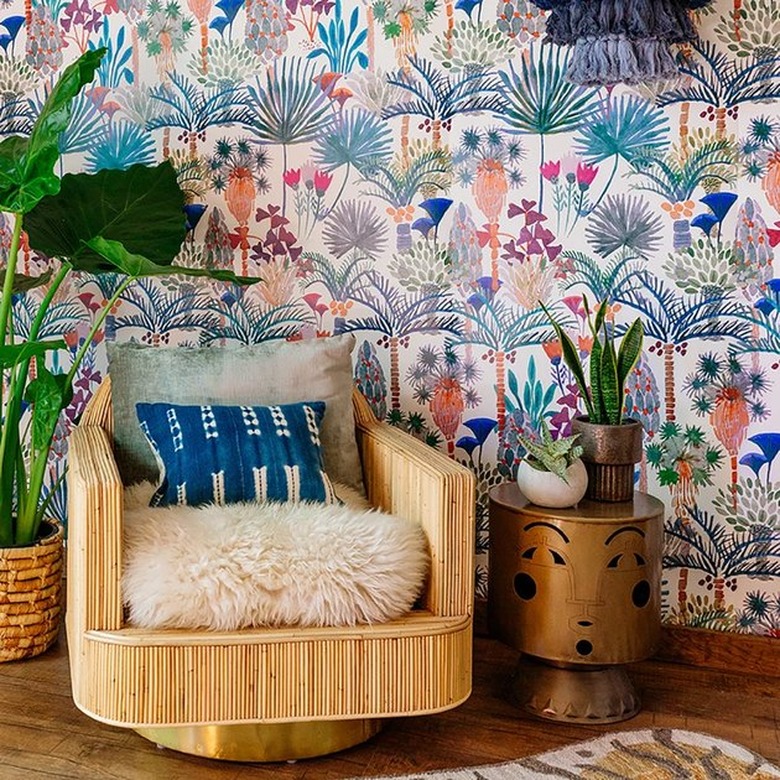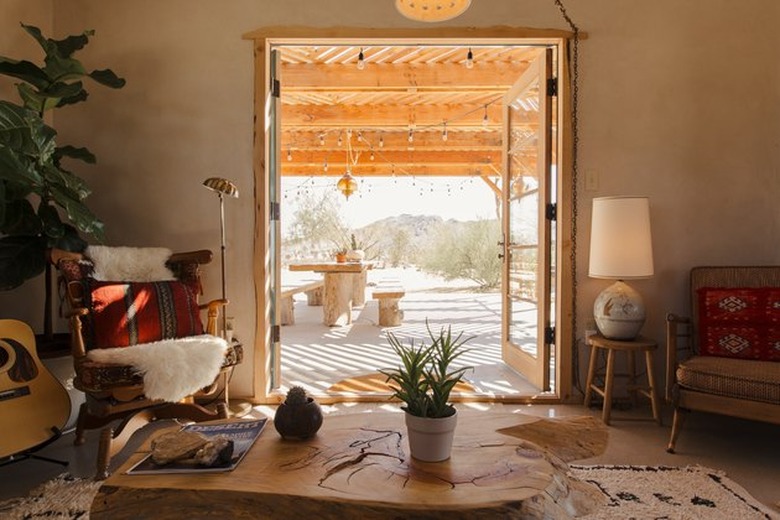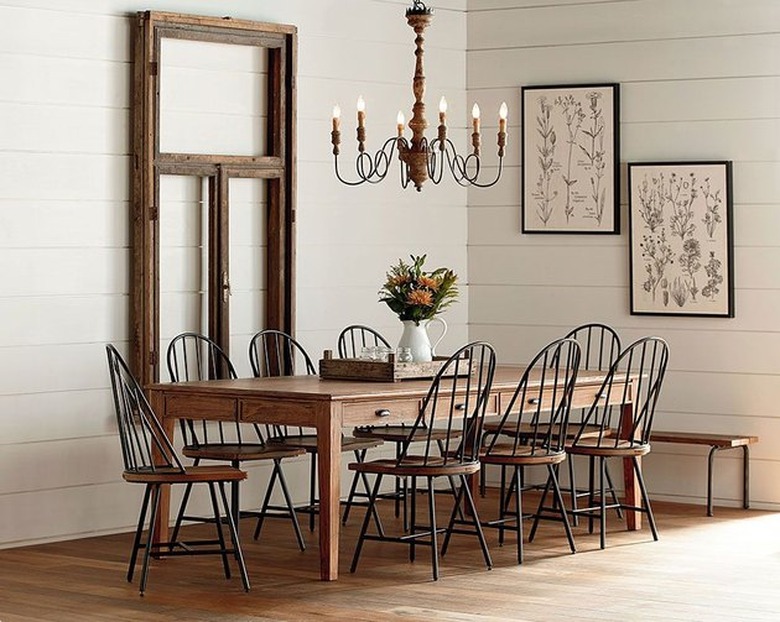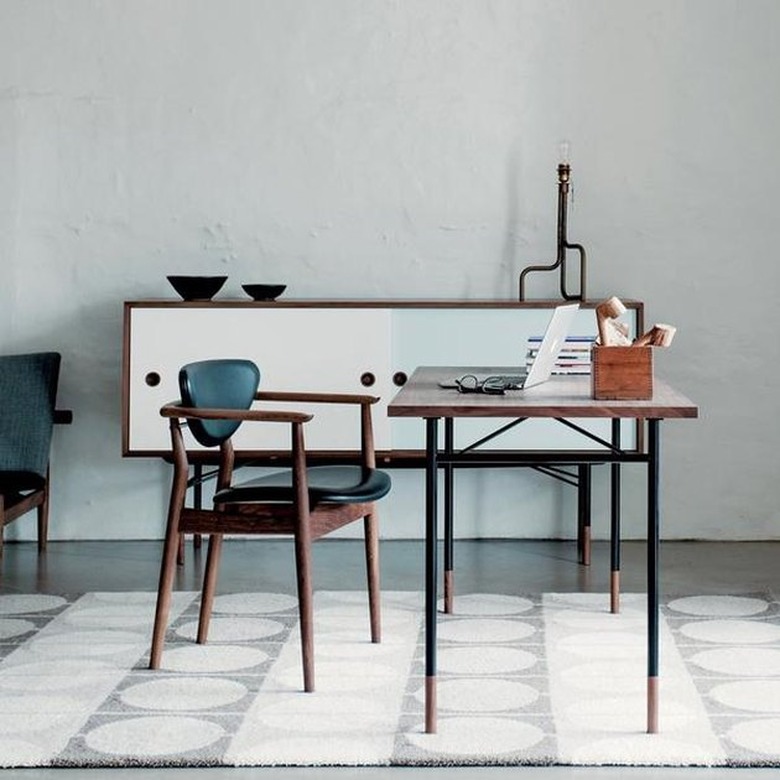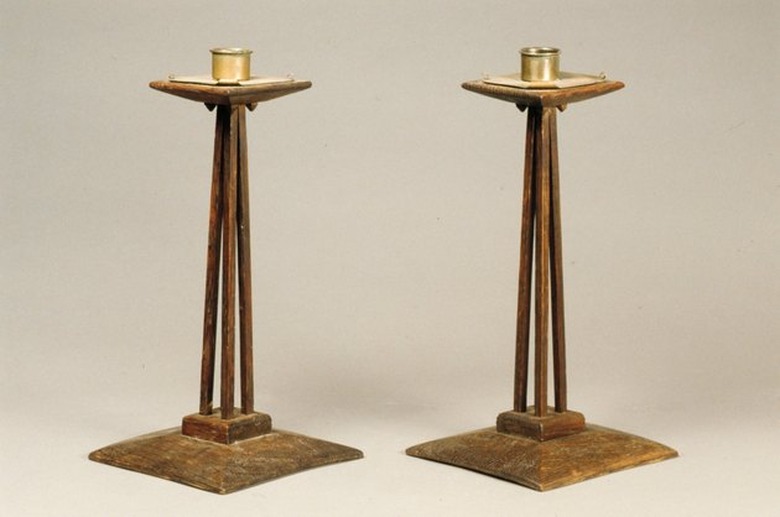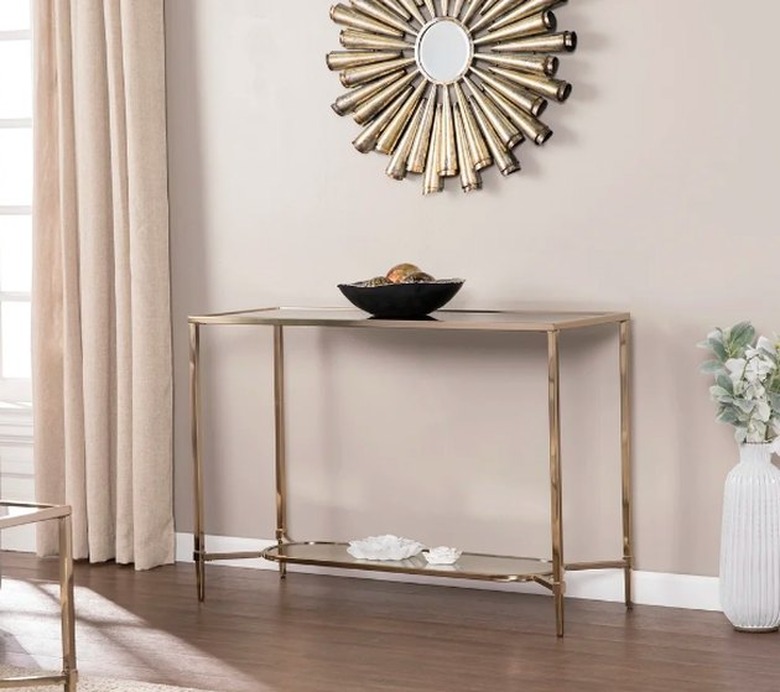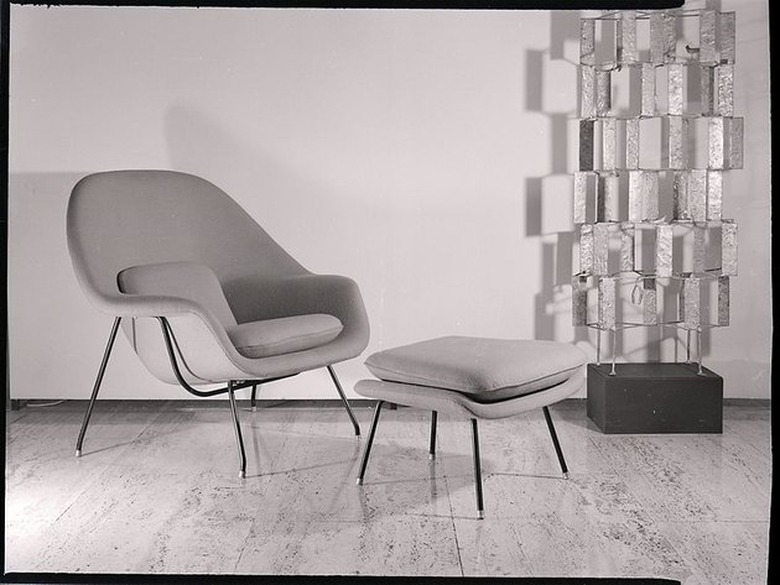The Major Interior Design Styles You Should Know About
Every day, we see stunning interiors that inspire us to try something new. Whether you're a proud maximalist or a pared-down minimalist, there's plenty to experiment with out there. We've noticed the influence of a few decor styles reign supreme — and with good reason, as they go back to some important moments in decor history.
Here, we're taking a look at some of the major design styles that have influenced modern decor.
Boho
Though it's definitely tied to '60s and '70s hippie styles, boho style is still very much alive and well today. It's all about embracing patterns, textures, and colors for an eclectic yet welcoming vibe. The style also makes sense with the popularity of items like wicker and rattan furniture that are currently showing up everywhere from big-name retailers to smaller boutiques.
If you want to incorporate boho style into your home, mix and match greenery, throw pillows, fringe accents, woven wall hangings, and patterned rugs. In recent years, it's become popular to mix bohemian decor with other influences to create looks like beachy boho, minimalist boho, and California boho.
Desert
If you feel more alive outdoors and want to bring some of natural coziness indoors, desert style can be a great inspiration for your home. Some of its major elements include layering textures, incorporating cacti and succulents, and taking color inspiration from landscapes or sunsets (think orange, mustard, and beige). Ceramics, wall hangings, and rustic planters help to complete the look.
You can find plenty of desert-inspired items from major retailers but also artisanal and indie brands like Zziee Ceramics, The Citizenry, Eighth Generation, and Shuma Olowa Native Arts.
Farmhouse
When someone mentions farmhouse style, your mind might immediately jump to Chip and Jo Gaines, the HGTV stars turned major decor stars. Their Magnolia empire continues to champion the farmhouse look, with its focus on shiplap, rustic decor touches, and industrial materials.
The roots of farmhouse style trace back to 16th and 17th century Europe, when farmers built their houses using common materials. Today, farmhouse style continues to show up in modern homes, and you can find farmhouse-style decor at places like Target, Pottery Barn, and (of course) Magnolia Home.
Though you might chalk up most of modern Scandinavian design to the influence of IKEA and HAY, quite a few influential designs made the style what it is today. Interest in Danish designs peaked in the U.S. around the 1950s and again in the 1990s. Today, we're always seeing swoon-worthy Scandi interiors that inspire us to go minimal. Think neutral color palettes, light wood, and a general hygge vibe.
Scandinavian design has left a lasting impact, even inspiring knock-offs. We constantly see inspiration on social media as well, with #ScandinavianDesign showing 2.8 million results and #ScandinavianHome boasting 1.1 million.
Arts and Crafts
From around 1880 to 1910, a group of designers and thinkers in England led the charge on the arts and crafts movement, which focused on a return to the handmade in the face of big industrial changes. The arts and crafts style outlook made its way to designers everywhere from Australia to the U.S. Think pared-down decoration and natural materials.
In architecture, the arts and crafts movement made its mark through homes that focused on family life and natural materials. Arts and crafts homes often integrate themselves into their natural surroundings, not the other way around. Simple floor plans keep the focus on family time and ease of getting around.
Craftsman
Craftsman is the American name for architecture influenced by the arts and crafts movement, which started gaining traction in the late 1800s and early 1900s.
You can spot a Craftsman-style house from its overhanging eaves and prominent porch. Inside, you'll find common Craftsman home features like wainscoting, a central fireplace, rooms divided by a simple floor plan, and lots of natural materials. We love seeing the way people with Craftsman homes maintain signature elements while adding a modern decor touch.
Art Deco
It was the 1925 Paris Exposition Internationale des Arts Décoratifs et Industriels Modernes that first brought the art deco movement to light. The style includes easily recognizable elements like lots of gold accents; motifs and symbols from Mayan and Native American cultures; animal prints; and sumptuous jewel tones.
For a modern art deco look, you can always find items from retailers like CB2, West Elm, and Etsy. You can also search for vintage art deco furniture and decor online by searching for keywords like designer names — like Émile-Jacques Ruhlmann and Louis Süe — and materials like lacquer, glass, and chrome.
On the architecture side of things, art deco buildings stood out from other styles of the time through their soaring heights, gleaming exteriors, and ornate interiors. Some of the most influential art deco buildings include the Chrysler Building in New York, Cavalier Hotel in Miami, and Bullocks Wilshire Building in Los Angeles.
Midcentury Modern
Midcentury modern hit its stride from around the 1940s to 1960s, when influential designers started to push the envelope when it came to what furniture was made of and what it could look like. Midcentury modern designers are responsible for now-iconic designs like the Eames Chair, Hanging Egg Chair, and Panton Chair.
Midcentury modern houses are distinct mostly due to overlapping architectural elements like sharp angles, lots of glass, asymmetry, and an emphasis on nature.
